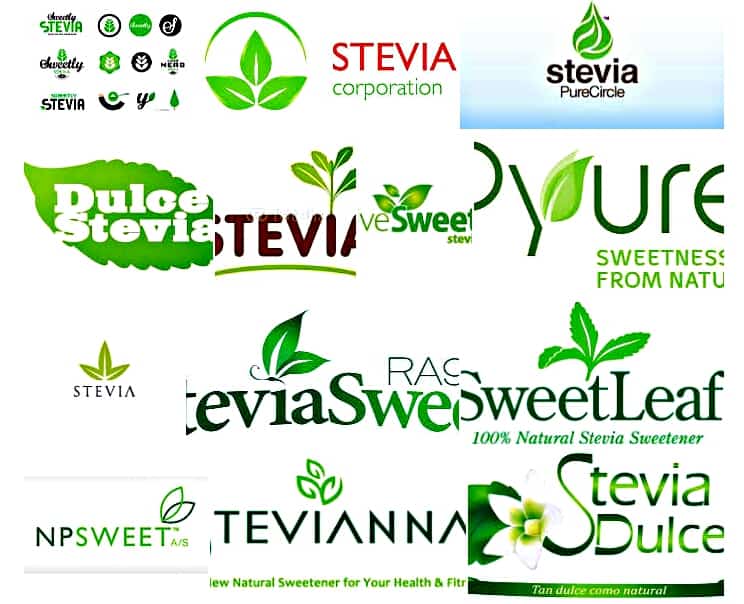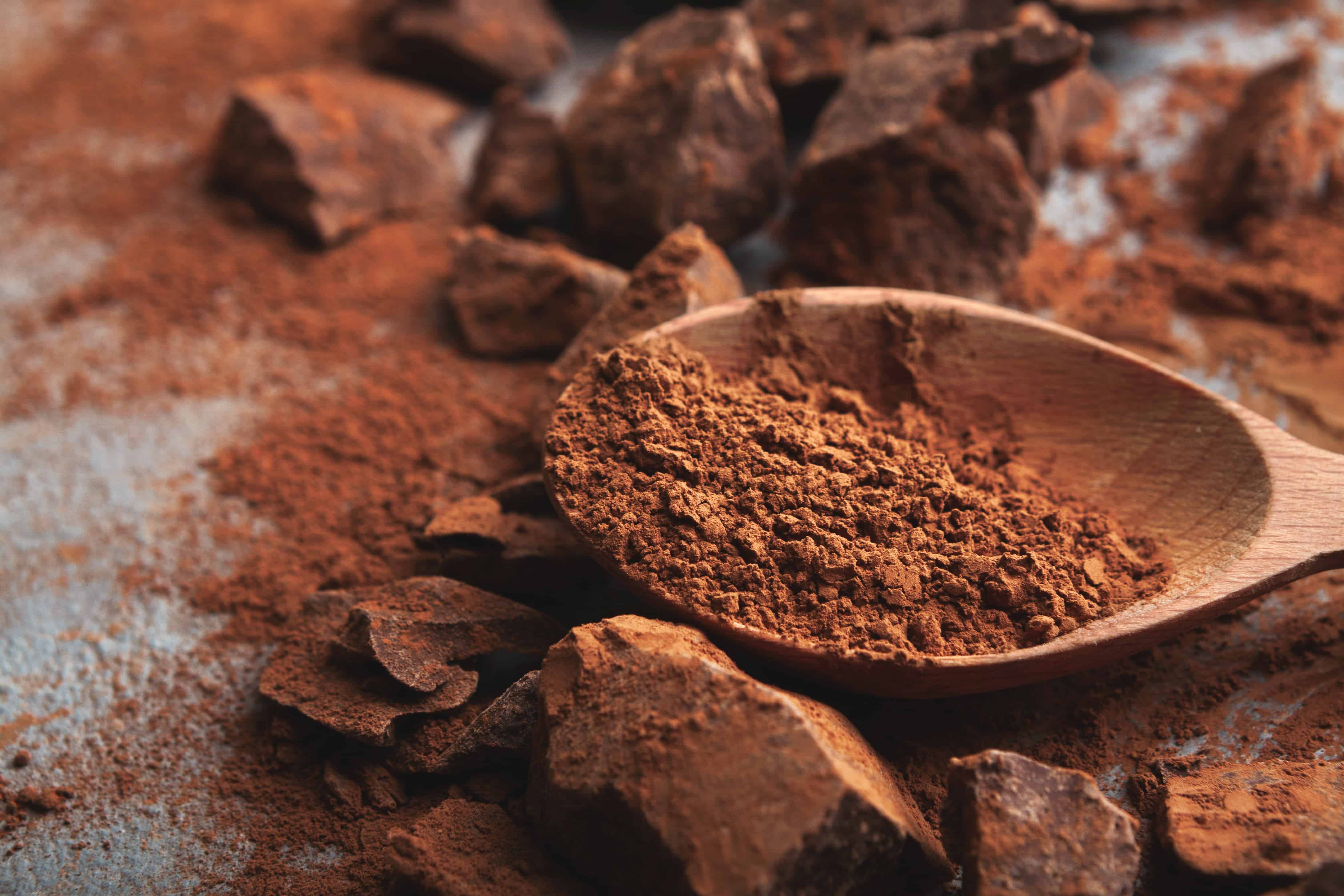People are often confused over whey. Much of that is due to the marketing of companies making strong claims that one type of whey is superior to another. Concentrates, isolates, and hydrolyzed whey, are the most common forms of whey sold. As far as the differences between them, as well as pros and cons, I cover that topic in-depth in my whey Q&A readers should defer to if they want the details of each.

Many people are concerned about synthetic sweeteners such as Sucralose and Acesulfame potassium and prefer to use whey products sweetened with stevia. While there’s little data that’s a safer approach per se, a recent study suggests stevia may be additive to whey for impacting muscle mass, fat mass, and markers for increased mitochondrial biogenesis. Before you get too excited, this was a rat study, so the effect needs to be reproduced in humans vs red eyed squeaky rodents. Still, if you’re using whey that’s also using stevia for a flavoring/sweetening agent, there’s at least a possibility the stevia’s having an additive effect to the whey you’re ingesting. While stevia appears quite safe, although there’s not much for long term studies. There’s also an issue of what’s found in the whole leaf vs the highly processed stevia products sold as sugar replacements which requires more research.
What’s the mechanism for how stevia supercharges the effects of whey? That’s not altogether clear at this time, but stevia does contain a number of bio-active compounds. The full paper linked below does discuss nutrients and other bioactive compounds found to have antimicrobial, antioxidant, antidiabetic, anticarcinogenic, antihypertensive, and anti-inflammatory properties associated with the consumption of the leaf extracts of this plant. However, no specific compound or mechanism was identified in this study:
Whey protein sweetened with Stevia rebaudiana Bertoni (Bert.) increases mitochondrial biogenesis markers in the skeletal muscle of resistance-trained rats. Nutrition & Metabolism volume 16, Article number: 65 (2019)
Background
A combination of resistance training and whey protein supplementation is a common practice among athletes and recreational exercisers to enhance muscle growth and strength. Although their safety as food additives is controversial, artificial sweeteners are present in whey protein supplements. Thus, natural sweeteners extracted from the leaves of Stevia rebaudiana are a potential alternative, due to their safety and health benefits. Here, we investigated the effects of whey protein sweetened with S. rebaudiana on physical performance and mitochondrial biogenesis markers in the skeletal muscle of resistance-trained rats.
Methods
Forty male Wistar rats were distributed into four groups: sedentary rats, trained rats, trained rats receiving whey protein and trained rats receiving whey protein sweetened with S. rebaudiana leaf extracts. Resistance training was performed by climbing a ladder 5 days per week, during 8-weeks. The training sessions consisted of four climbs carrying a load of 50, 75, 90, and 100% of the maximum load-carrying capacity which we determined before by performing a maximum load-carrying test for each animal. After this period, we collected plasma and tissues samples to evaluate biochemical, histological and molecular (western blot) parameters in these rats.
Results
Dietary supplementation with whey protein sweetened with S. rebaudiana significantly enhanced the maximum load-carrying capacity of resistance-trained rats, compared with non-sweetened whey protein supplementation. This enhanced physical performance was accompanied by an increase in the weight of the gastrocnemius and soleus muscle pads. Although the muscle pad of the biceps brachii was not altered, we observed a significant increase in PGC-1α expression, which was followed by a similar pattern in TFAM protein expression, two important mitochondrial biogenesis markers. In addition, a higher level of AMPK phosphorylation was observed in these resistance-trained rats. Finally, supplementation with whey protein sweetened with S. rebaudiana also induced a significant decrease in retroperitoneal adipocyte diameter and an increase in the weight of brown adipose tissue pads in resistance-trained rats.
Conclusion
The addition of Stevia rebaudiana leaf extracts to whey protein appears to be a potential strategy for those who want to increase muscular mass and strength and also improve mitochondrial function. This strategy may be useful for both athletes and patients with metabolic disorders, such as obesity and type 2 diabetes.
Full Paper HERE
Will Brink is the owner of the Brinkzone Blog. Will has over 30 years experience as a respected author, columnist and consultant, to the supplement, fitness, bodybuilding, and weight loss industry and has been extensively published. Will graduated from Harvard University with a concentration in the natural sciences, and is a consultant to major supplement, dairy, and pharmaceutical companies.
His often ground breaking articles can be found in publications such as Lets Live, Muscle Media 2000, MuscleMag International, The Life Extension Magazine, Muscle n Fitness, Inside Karate, Exercise For Men Only, Body International, Power, Oxygen, Penthouse, Women’s World and The Townsend Letter For Doctors.
He’s also been published in peer reviewed journals.
Will is the author of the popular e-books, both accompanied by private members forum access , Bodybuilding Revealed & Fat Loss Revealed.
You can also buy Will’s other books on Amazon, Apple iBook, and Barnes and Noble.



thank you mr. brink, for your expertise your artecal on steva was great, i enjoy all your topics, i my self like whey unflavord, see you in the gym, thank you.
Thanks for the study. I wonder if the same results are applicable to casein protein. The impact on mitochondrial biogenesis is interesting. I’m into my senior years, 70 years old, of resistance training. I am more concerned about mitochondria declining than testosterone level decreasing.
Why use casein when you have whey? Regular HIIT/SIT work is effective for helping with mitochondria decline. See my “old guy workout” on this page.